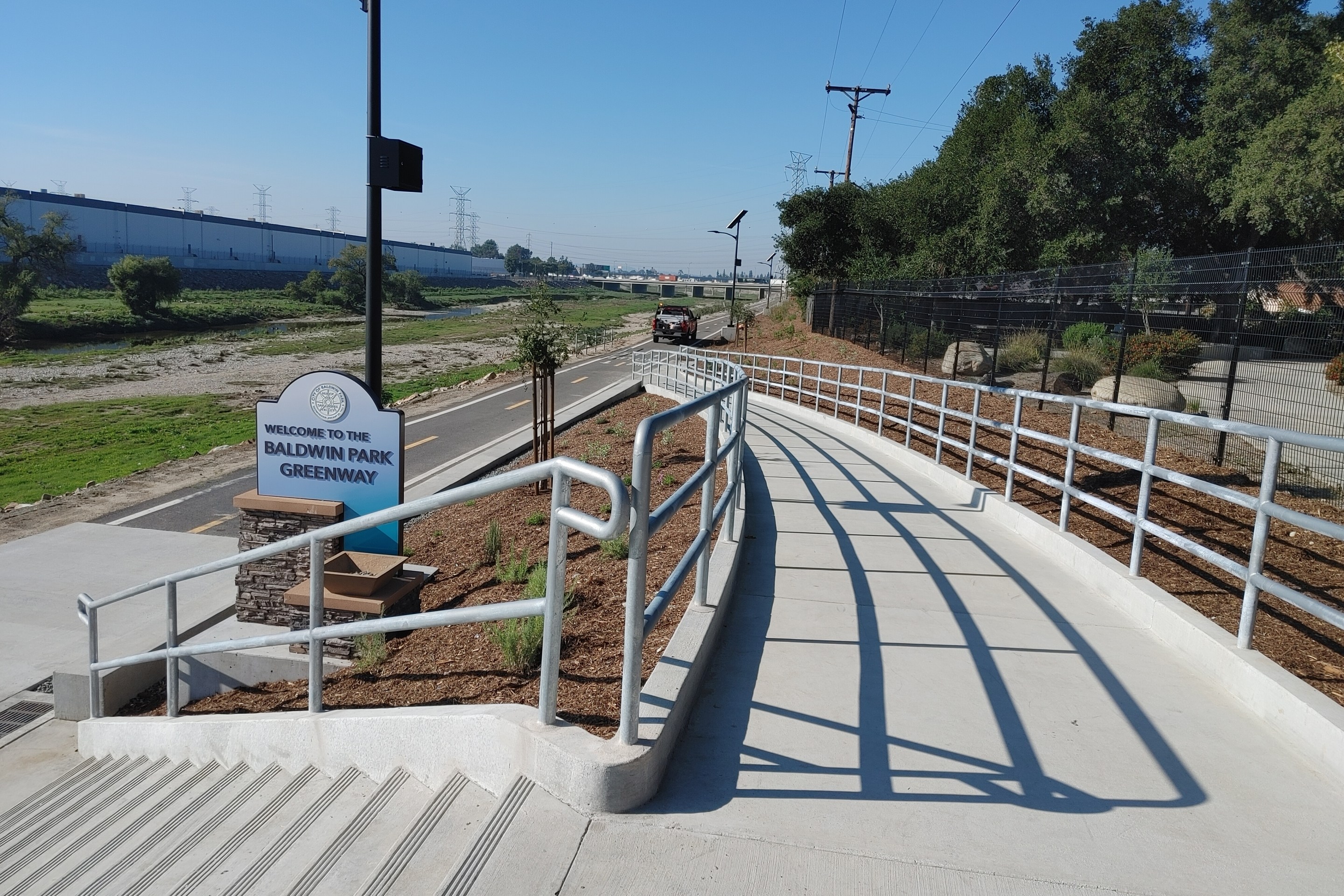 Eisenhower signing the 1956 Highway Act
Eisenhower signing the 1956 Highway ActFar be it from us to take political sides on Livable Streets
issues--you don't have to be a donkey or an elephant to appreciate
pedestrian safety, traffic calming, and quality public space--but why
is it that two of the best columns connecting transportation policy
reform, land use, and energy independence have come from conservative
pundits?
First was David Brooks' This Old House piece in The New York Times, which posed serious questions about how we should change
transportation patterns and build dense, mixed-use residences that
facilitate community.
Then Weekly Standard editor Christopher Caldwell wrote
a very good critique of the 1956 Eisenhower Highway Act last week in
the Financial Times, even citing William Holly Whyte. Although you
have to read around the knee-jerk politicking that book-ends the
article, Caldwell dissects the negative impacts that automobility and
sprawl have had on the economy, the environment, and the demographic
makeup of America.
From Caldwell's column:
TheHighway Act probably has more defenders than detractors. But Mr Obamashould be among the latter. The act, which budgeted $25bn in federalmoney to build 41,000 miles of motorway, exacerbated the very problemsMr Obama has been most eager to solve – spoliation of the environment,dependence on foreign oil, overburdening of state and local budgets,abandonment of the inner-city poor and reckless speculation inreal-estate development, to name a few....
The infrastructure network that came out of the Highway Act hadhigher overheads than the one it replaced. It became a bottomless pitof spending.
The largest building project in Mr Obama’sRecovery Act is $27bn for roads, and there have been no complaints thatthe government will have a hard time finding things to spend it on. TheUS has big economic problems. But they have been made worse, and harderto resolve, by a half-century in which, at federal urging, the countrywas misbuilt.
Wouldn't
it be nice if Obama had come out with a bolder stance on building a
national rail network? While his last minute infusion of $8 billion
for high speed rail is a good start, that sum is less than a quarter of
what is needed to build California's high speed rail line, let alone
the many other proposed corridors around the nation.
The U.S. is far behind other countries that are dedicated to a first-class high-speed rail network, such as Spain and China. The Millenium Institute
estimates that the U.S. would need to spend $250-500 billion annually
for non-oil transportation to supplant inter-city truck freight and
transform passenger mode share. They call for another $60 billion
annually ($1.2 trillion over 20 years) to increase urban rail ridership
while reducing greenhouse gases, dependence on oil, and improving GDP (PDF).
Anyone
think Caldwell and Brooks can convince Washington that the
re-authorization of the Transportation Act this fall should put more of
AASHTO's proposal for $375 billion in highway spending into rail?






